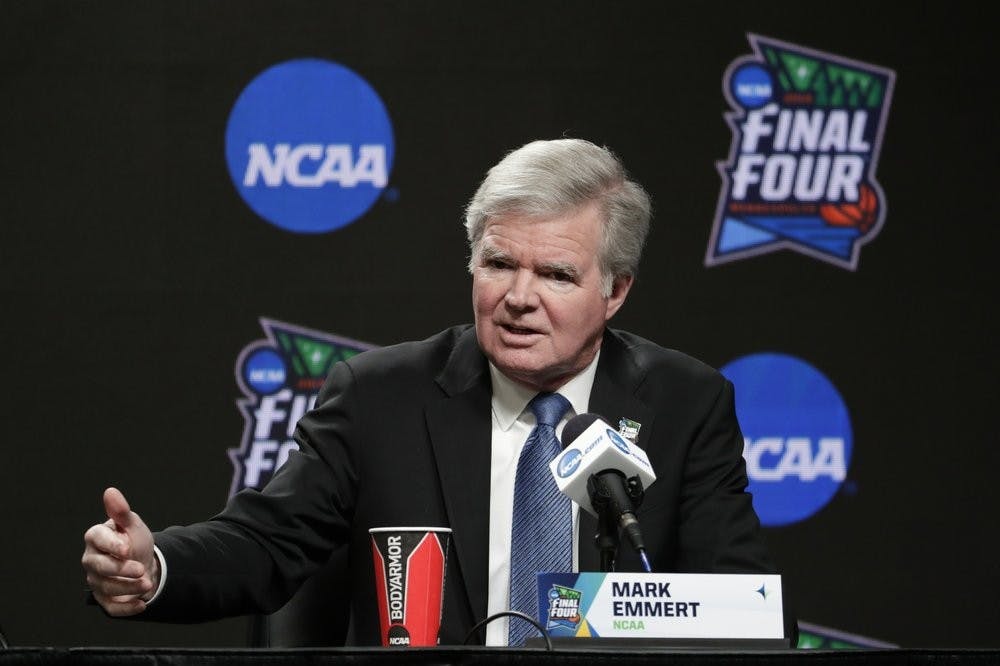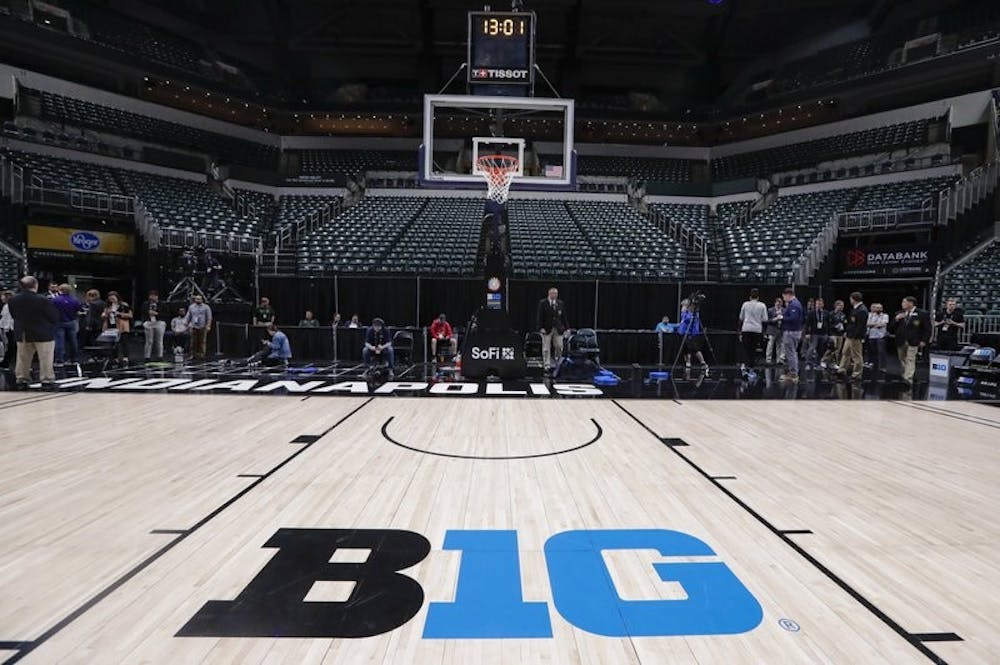Derran Cobb is a freshman telecommunications major and writes columns for The Daily News. His views do not necessarily reflect those of the newspaper.
Once upon a time, an athlete transferring from school to school was barely heard of. There were many complications and stipulations surrounding it until a new system originiated in 2018.
The NCAA transfer portal.
The transfer portal was created as a tool to manage the transfer process from start to finish and add transparency to the process while encouraging student-athletes to control their own future. The real-time aspect of the portal is a feature that stands out to compliance administrators.
Those with access to the transfer portal can run reports on data, such as how many student-athletes in a specific sport, school or conference actively are looking to transfer. The portal also helps the NCAA research staff collect transfer data and staffers don’t have to rely on individual schools or conferences to certify the movement of student-athletes.
The portal was designed to simplify the transfer process, however, I believe it comes with multiple pros and cons.
Many fans typically depict the transfer portal as a collegiate-level free agency where any player can leave one school for another at any time. With over 1000 names in college basketball's transfer portal, this isn’t necessarily inaccurate, but it’s also not completely true.
There can be many determining factors for a student-athlete to want to transfer. For instance, they could be mistreated by a coach, maybe the athlete and their family believes their talents would be better utilized elsewhere or it could be as simple as they aren't comfortable in their new home.

In this 2019 file photo, NCAA President Mark Emmert answers questions at a news conference at the Final Four college basketball tournament in Minneapolis. The NCAA and its allies spent nearly $1 million last year lobbying lawmakers to shape any reforms to the organization's liking. (AP Photo/Matt York, File)
One rising phenomenon that’s gained popularity is an athlete having a successful season or tournament run and using that momentum to transfer to a bigger, better school. An example of this is Texas Tech senior forward Kevin O’banor. He, along with teammate Max Abmas, were starters on Oral Roberts when they became the second No. 15 seed to advance to the Sweet Sixteen during the 2021 NCAA Men's Basketball Tournament.
After this run, he capitalized on his momentum and entered the portal, where he signed with the Red Raiders. A more recent example is Saint Peter’s junior guard Doug Edert who transferred to Bryant after helping lead the Peacocks to the Elite Eight (the first No. 15-seed to do so) in 2022.
I believe the transfer portal could take away from the growth of a program and its culture. Instead of looking at high school recruits or developing younger players, coaches might look to pull from the portal instead.
However, I believe it has more positives for athletes than negatives. If a player has potential but they are stuck behind a star or not getting the appropriate playing time, they move to a different school and have a bigger opportunity.
For example, Alabama junior wide receiver Jameson Williams was initially the third option at Ohio State from 2019-21. After being overlooked, he transferred to Alabama and caught 51 passes for 1,028 yards and 10 touchdowns in the 2021-22 season and is a projected first-round pick in the 2022 NFL Draft
Ultimately, I believe the transfer portal is very beneficial for student-athletes but could become overused, potentially resulting in harming a program.
Contact Derran Cobb with comments at derran.cobb@bsu.edu or on Twitter @Derran_cobb.





